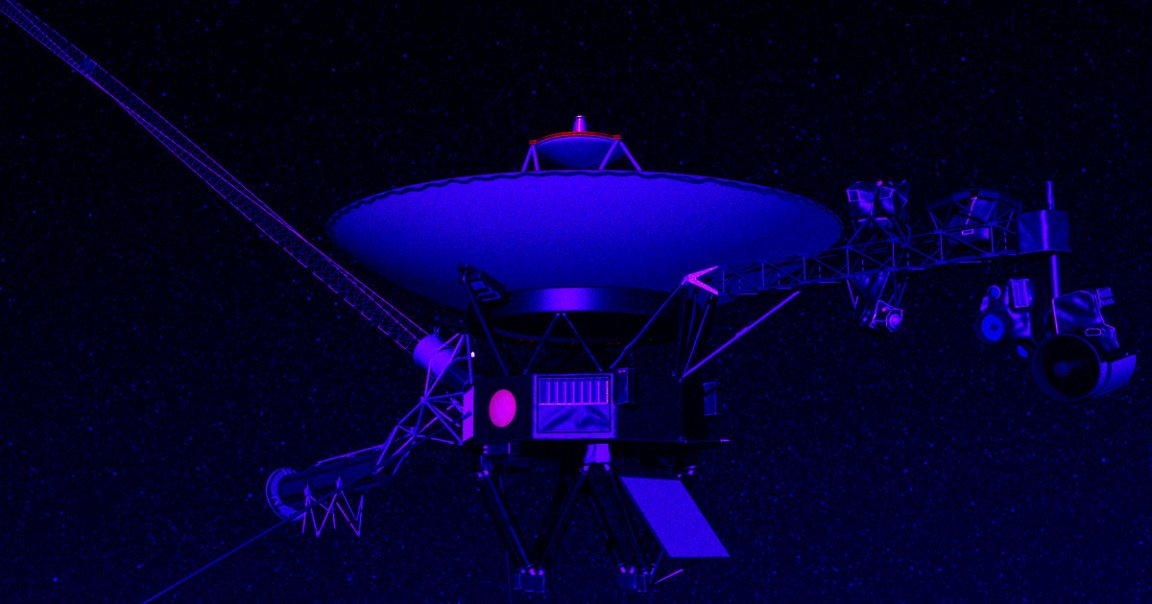
Bon Voyage
NASA has made a huge booboo, accidentally cutting all communications to the second most distant spacecraft from Earth.
After sending a “series of planned commands” to Voyager 2, which is currently soaring through interstellar space some 12.3 billion miles away, the agency realized that it had told the vintage spacecraft to shift the angle of its antenna to point 2 degrees away from Earth, according to an update by NASA’s Jet Propulsion Lab.
That means the Voyager team back on the ground has lost its ability to send or receive commands or even transmit data — a costly mistake, considering the sheer vastness of space separating the team from the spacecraft.
Backup Plan
Luckily, the space agency had planned for this possibility. Voyager 2 is pre-programmed to reset its orientation multiple times each year to ensure that its antenna is always pointing at Earth. The next reset is scheduled for October 15, according to JPL, after which the team should be able to reestablish communications with the lost spacecraft.
Meanwhile, Voyager 1, the most distant spacecraft from Earth, “continues to operate normally” almost 15 billion miles from Earth.
“You might have heard…” the Voyager team’s official Twitter account wrote . “Voyager 2 is taking a break from sending data until October. In the meantime, I’m out here, almost 15 billion miles (24 billion km) from Earth and doing fine!”
Both spacecraft launched in 1977 within just 15 days of each other. After 45 years of screaming through outer space, they’re both still in good shape and gathering data, the longest any spacecraft has ever done so, according to Scientific American.
Despite switching to its backup power reserves, scientists are hoping to continue the Voyager 2 until at least 2026, a fascinating run that gave us the first glimpses of what it’s like outside of our solar system.
And fortunately, a small antenna misalignment issue isn’t going to get in the way of that.
More on Voyager: NASA Hack Squeezes More Time Out of Dying Voyager 2 Probe